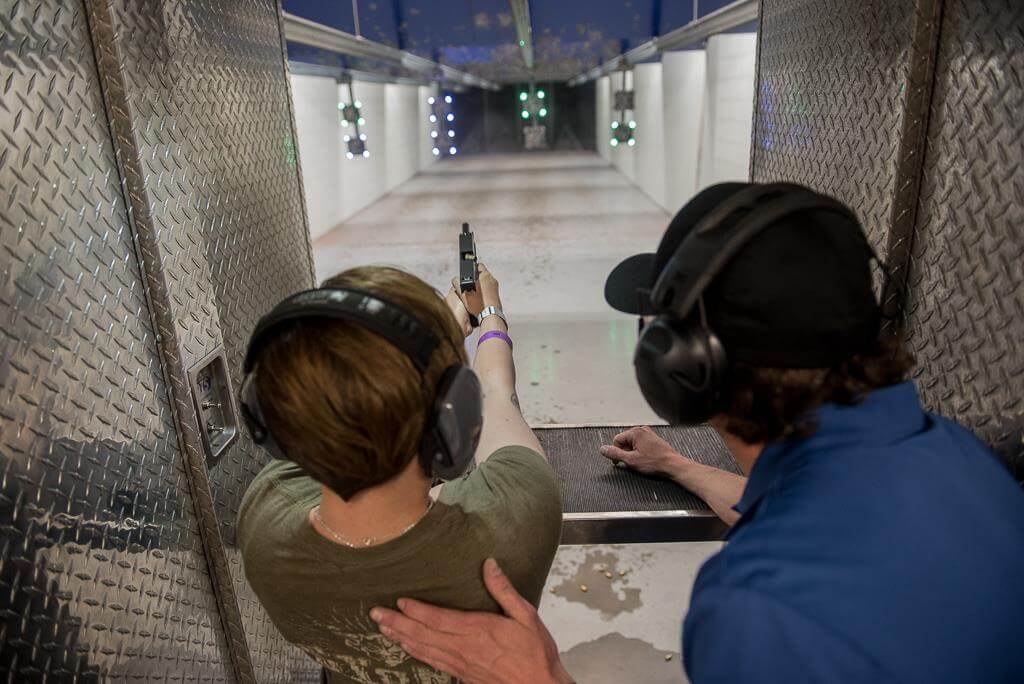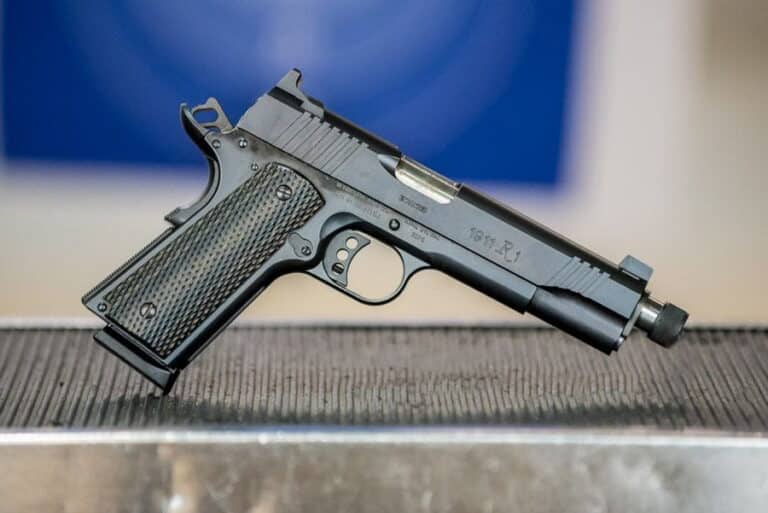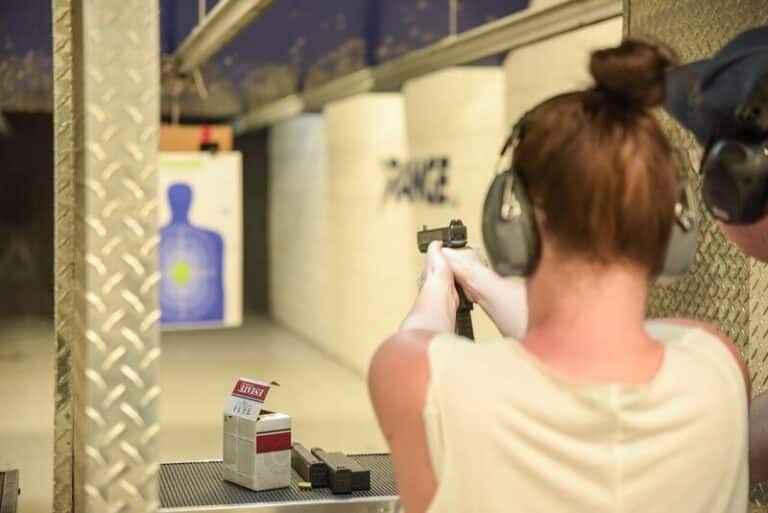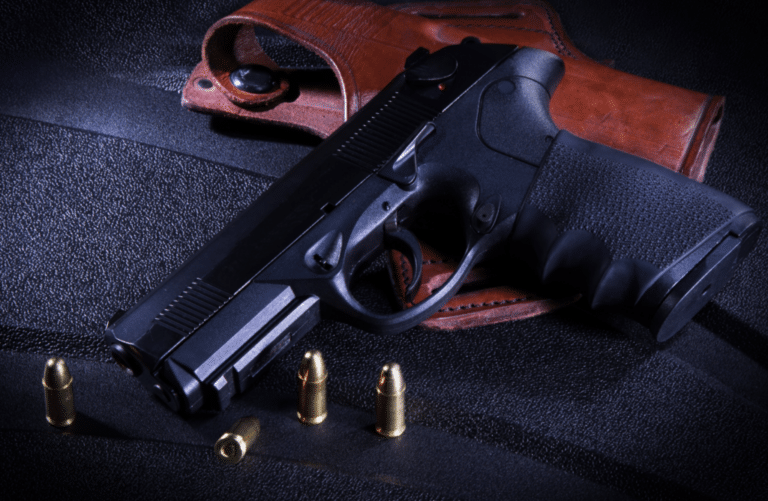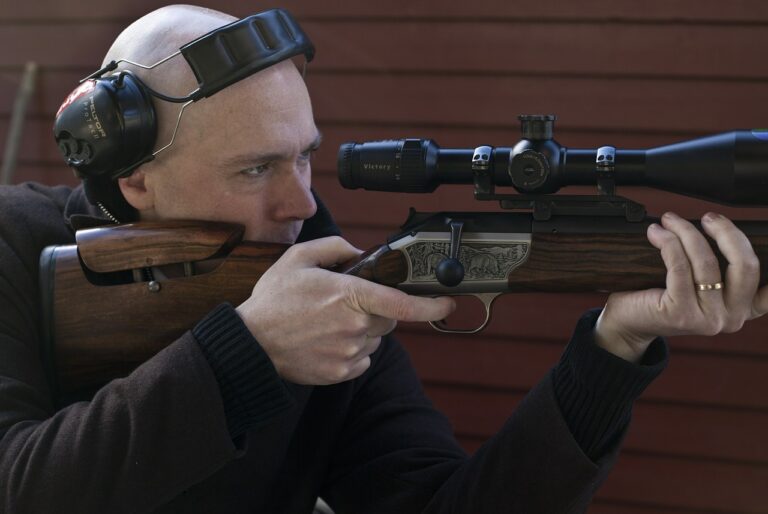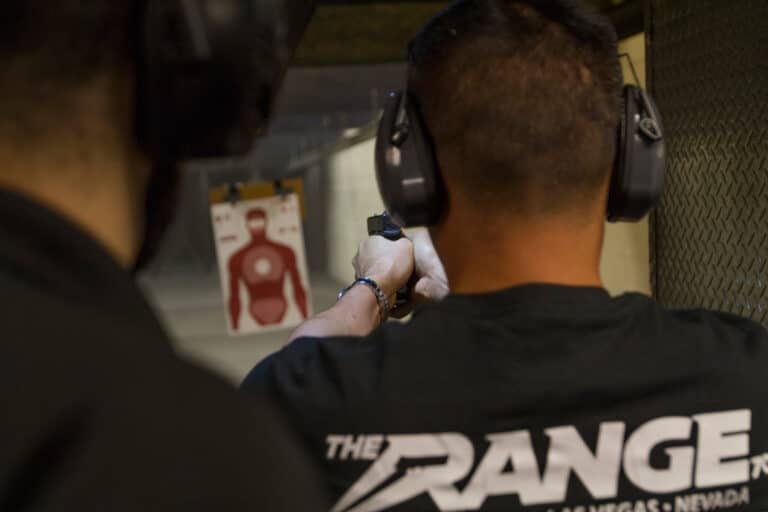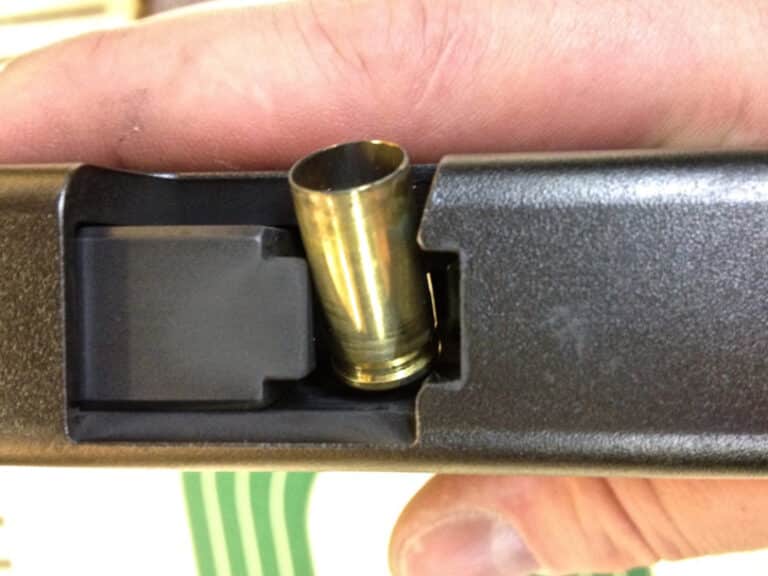What You Need To Know About Teaching Your Child To Shoot
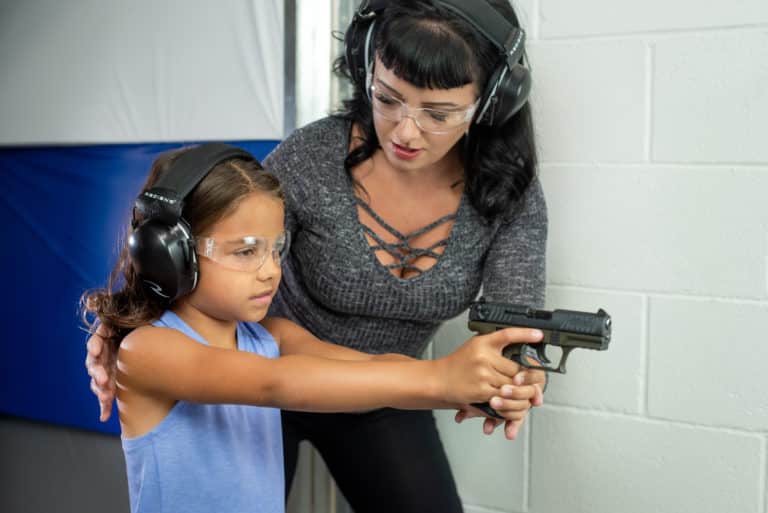
So, you’re ready to teach your kids to shoot. What should you know before you start? Timing, safety, gear, and location are essential to a first shooting lesson. Here’s everything you need to know before you teach your kids to shoot:
TIMING IS EVERYTHING
When it comes to shooting, maturity and desire matter more than age. There is no ideal age for learning to shoot because kids mature at different speeds. When your child is interested in shooting, and you trust them to be safe with a gun, the time is right.
Remember, don’t push a child who does not want to shoot, even if he or she understands gun safety. On the other hand, don’t indulge children who are enthusiastic about shooting if you doubt their ability to be safe.
You may encourage unwilling children by discussing their concerns about shooting. Are they afraid? Do they have a negative opinion of guns? Are they merely uninterested? You must train children to take safety seriously and for them to know you are there for support. However, if you have doubts, postpone the first lesson.
GUN SAFETY
Before you go to a gun range, teach your child the basics of gun safety, and demonstrate it at home by safely handling and storing firearms. If you carry a gun, keep your carry gun on your person and store firearms where children cannot find them. Balancing security and readiness, you may want to consider locking guns in a safe and keeping them unloaded and separate from ammunition.
The basic rules of gun safety you should teach your children are:
- Always treat the gun like it’s loaded (even if it’s not).
- Always point the gun in a safe direction.
- Keep your finger off the trigger until you’re ready to shoot.
- Make sure there is a backstop.
Also, teach your children that guns are useful, and controlled shooting experiences can be a fun hobby. They have practical purposes (hunting and protection) and recreational uses (plinking and target shooting).
NRA GUN SAFETY RULES FOR KIDS
In addition to basic gun safety, the National Rifle Association (NRA) put together four additional rules you should go over with your kids. Teaching your kids that guns are potentially dangerous will help them stay safe and treat firearms with respect and caution.
If children happen to see an unsupervised gun, the NRA teaches kids to:
- Stop – If you see a gun, do not go near it.
- Don’t Touch – Under no circumstances should you touch, hold, or pick up the gun.
- Leave the Area – Leaving the area minimizes the chance of injury if another person decides to handle the gun.
- Tell an Adult – Find a trusted adult figure and tell them what you saw.
As your child grows older and becomes more comfortable and confident with their shooting skills, you may want to consider signing up as a member of the NRA to have access to shooting resources and discounts on firearms, equipment, and gear.
SHOOTING GEAR
Goggles and earplugs (or muffs) promote both safety and comfort. Protecting the kids’ ears and eyes is essential. Children may find it challenging to insert earplugs. If so, use muffs. Earmuffs and goggles must fit tightly enough to stay on but not to hurt.
Make sure to model safety by always wearing your protective shooting gear while on the range. You will show your kids that even experienced shooters must use this equipment, not just children.
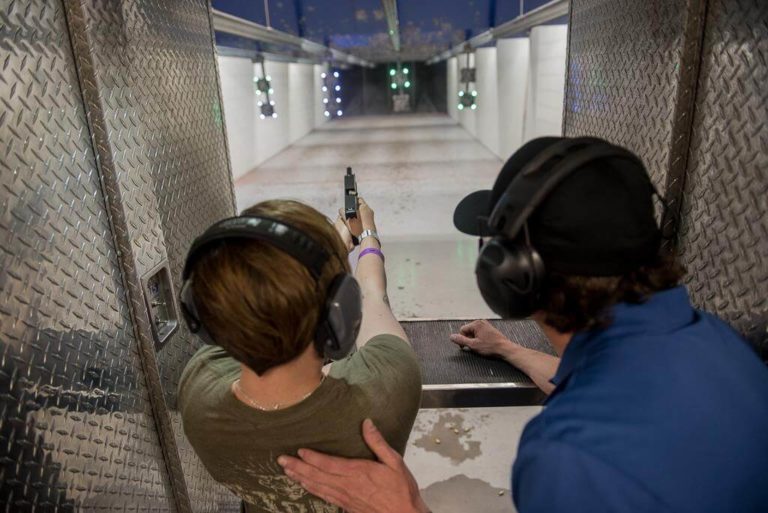
PROPER FIREARMS FOR CHILDREN
Muzzle blast and recoil can be intimidating, and lever and bolt actions are complicated. A child’s first gun should be simple, as quiet as possible, and light-kicking. Semi-auto is the most user-friendly action, and .22 has light recoil and is relatively quiet. A rifle’s longer sight radius makes it easier than a handgun to aim.
The soft recoil and quiet report will help your children avoid adverse reactions to kick and noise. They can focus on the fundamentals, such as holding the gun, viewing the sights, and hitting the target. Learning to handle recoil and noise can wait.
Consider the size and weight of the firearm. How well does the grip fit your kid’s hand? Can he reach the trigger? Is the stock length compatible with your child’s arms? Can he get a good cheek weld? You may want an adjustable stock and cheek risers. A rifle that is easy to adjust (collapsible stock, cheek risers) can grow with the young shooter.

If the gun is too bulky or heavy, use a bench with a bag or a bipod. The gun will stay still, the sights will remain on target, and your kid will not grow tired trying to hold it.
CHOOSE A LOCATION CAREFULLY
An indoor shooting range is an ideal place for your kid to fire their first round. The lighting is constant, the controlled climate will be comfortable, and there are safety guidelines in place at all times. Also, targets are easy to adjust with electric or mechanical pulleys.
Depending on which gun you choose as your young student’s first firearm, an outdoor gun range may also be a good option. However, keep in mind that wind or cloud cover can make an inconsistent shooting environment, which may be confusing for a novice shooter. You’ll also have to deal with cold or hot weather if you choose to do your first lesson outdoors.
RELATED: Outdoor vs Indoor Shooting Ranges: Which One Is Best for You?
THE LESSON ITSELF
Kids will have fun and be motivated to keep shooting if they succeed, and the quicker, the better. Show them the right form, how to handle the gun, and what to expect when they fire it. Go over every detail involved with aiming and firing, including whether they should shoot with one eye open or two, how tightly they should hold the gun and pull the trigger, how to breathe when firing, and what to do once the round is fired.
Your child will also improve their shooting accuracy and have fun if you incorporate shooting games into your lessons. If you’re shooting balloons as reactive targets, why not play a game of Balloon Shoot? Hang different colored balloons and call out a color for the kid to shoot.
Bullethole is another simple game that tests speed and marksmanship skills. On your command, the kid picks up the gun, aims, and fires rapidly at the bullseye. Then it’s your turn. On his order, you shoot. The best shot wins.
TEACHING KIDS TO SHOOT THE RIGHT WAY
Teaching kids to shoot is investing in their future. Do it right, and you minimize the risks and maximize the rewards. Teach them when they are ready to learn, emphasize both safety and fun, use the best protective gear, and choose a location that will work for you both. You will help them build confidence, discipline, and self-reliance, as well as shooting skills.

